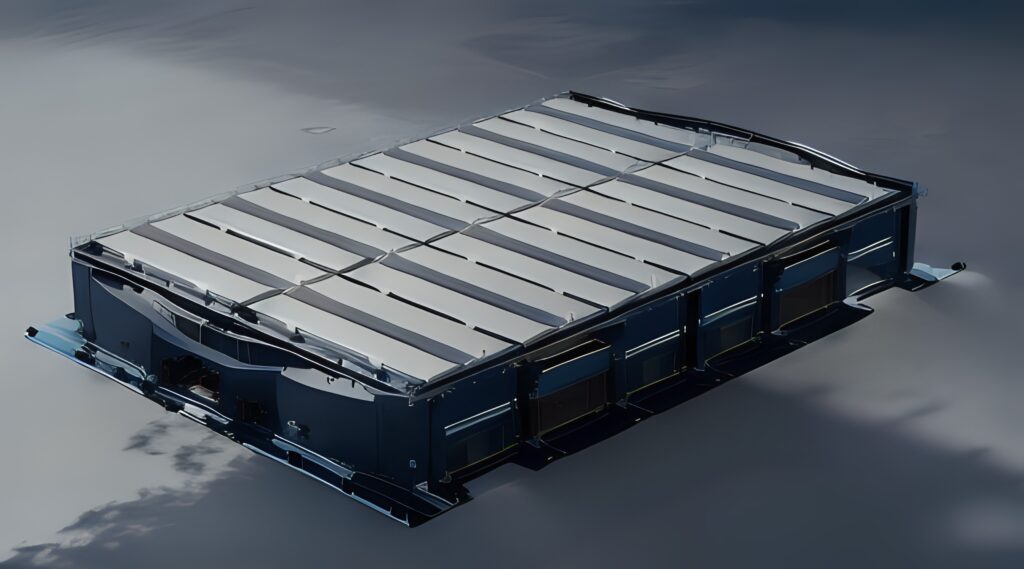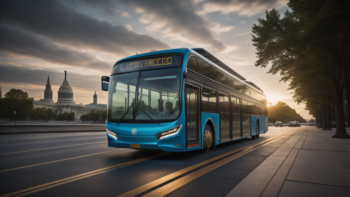
Electric Airplane Battery
Listing Category by product
Electric airplane battery manufacturers
Electric airplane battery technology was still in its relatively early stages compared to other forms of electric transportation like cars. However, there were several manufacturers and research initiatives focused on developing batteries suitable for electric aircraft.
Exploring electric airplane battery
Electric airplane battery, also known as aircraft battery or aviation battery, are specialized energy storage systems designed to power electric propulsion systems in electric aircraft. These batteries are essential components in electric aviation, enabling aircraft to operate with reduced emissions and noise levels compared to traditional combustion engine aircraft. Here are some key aspects of electric airplane batteries:
- Chemistry: Electric airplane batteries commonly use lithium-ion (Li-ion) or lithium-polymer (LiPo) chemistry due to their high energy density, lightweight properties, and reliability. These batteries consist of multiple cells connected in series and parallel configurations to achieve the required voltage and capacity for aircraft propulsion.
- Energy Density: Energy density is a critical factor in electric airplane batteries, as it determines the aircraft’s range and payload capacity. Higher energy density batteries allow for longer flight durations and increased payload capacity, making them essential for electric aviation applications.
- Capacity: Electric airplane battery are rated in kilowatt-hours (kWh) or ampere-hours (Ah), representing the amount of energy they can store. Battery capacity directly influences the aircraft’s range and endurance, with larger capacity batteries enabling longer flights between recharging or swapping.
- Safety: Battery safety is paramount in electric aviation, given the high energy density and potential risks associated with lithium-based batteries. Manufacturers implement stringent safety measures, including robust battery management systems (BMS), thermal management systems, and structural protection, to ensure safe operation and prevent thermal runaway or fire incidents.
- Charging: Electric airplane batteries can be charged using various methods, including conventional charging from electrical grids and fast charging technologies. Charging infrastructure for electric aircraft is evolving, with advancements in battery technology and charging systems enabling faster and more efficient charging processes.
- Weight: Weight is a critical consideration in aircraft design, as it directly impacts performance, efficiency, and safety. Electric airplane batteries must strike a balance between energy density and weight to maximize range and payload capacity while adhering to aircraft weight limitations and performance requirements.
- Regulatory Considerations: Electric airplane batteries must comply with aviation regulations and standards governing battery design, manufacturing, installation, and operation. Regulatory agencies such as the Federal Aviation Administration (FAA) in the United States and the European Union Aviation Safety Agency (EASA) establish guidelines to ensure the safety and airworthiness of electric aircraft batteries.
Electric airplane batteries are essential enablers of electric aviation, driving innovation and advancements in sustainable air transportation. Continued research and development efforts focus on improving battery technology, safety, and performance to accelerate the adoption of electric aircraft and reduce the environmental impact of aviation.













